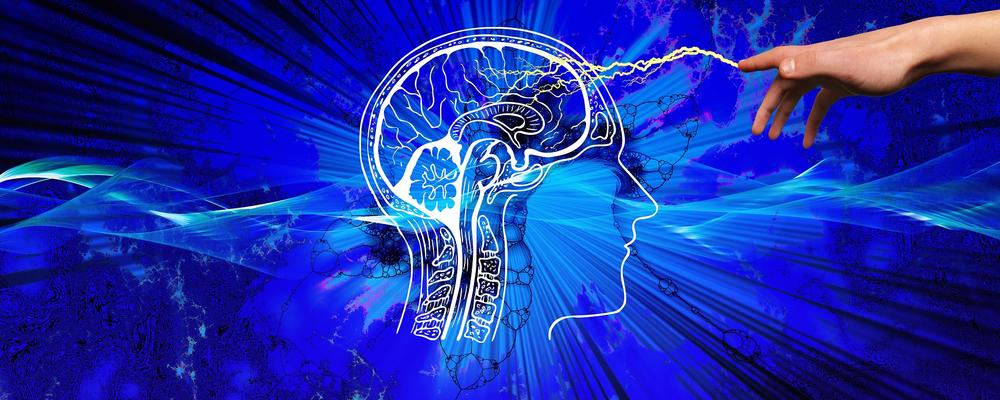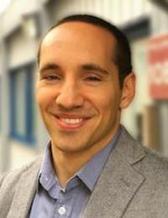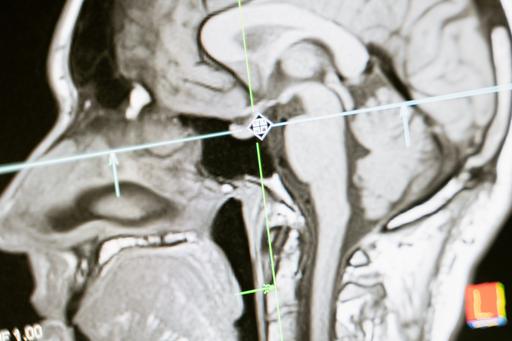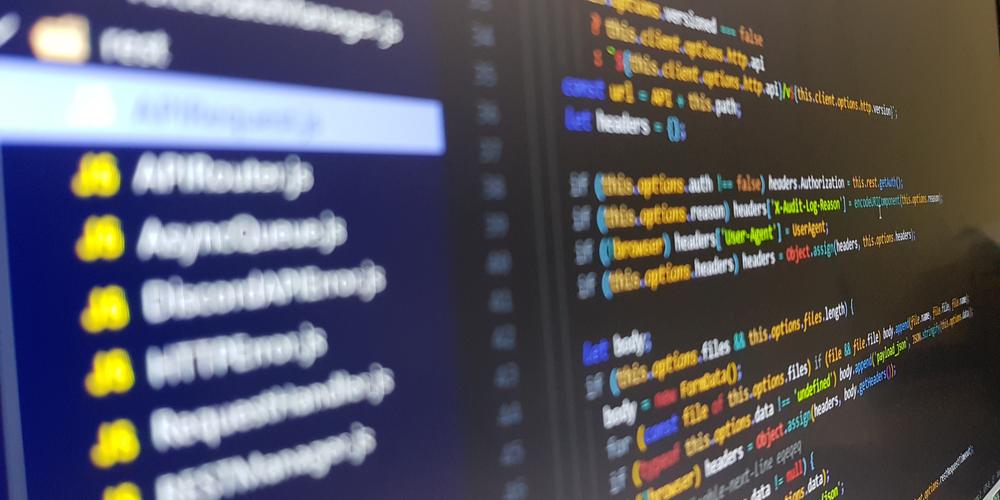
- Home
- Research
- Find research
- The search for explanatory models and classification methods for autism
The search for explanatory models and classification methods for autism
Darko Sarovic Resident Physician in Radiology and PhD student talks about his PhD project.
Darko, can you tell me a bit about your work outside of your PhD studies?

I am a resident in diagnostic radiology at the Sahlgrenska University Hospital. This involves performing and interpreting various diagnostic examinations, such as ultrasound, CT, and MRI. But also doing interventions, such as ultrasound and CT-guided biopsies and drainages. I am also responsible for the medical students at our clinic, where I hold lectures and seminars, as well as clinical supervision. Sometimes I’m on call during evening and night shifts, and if the tempo is low, I have additional time to work on my research. I also run a private business as a consultant, and am working as an elite track and field coach for IFK Göteborg Friidrott.

You have been working on your PhD for the past few years. What is your project about?
My doctoral project focuses on autism and its neurobiology. It started as a neurophysiological project with the goal of identifying biomarkers for autism. In the meantime, it has evolved into a kind of three-stage rocket that includes the development of an explanatory model, a statistical method for classification, and neurophysiological markers and measures that can be used for classification.
We have tested this on measurements of different parts of the brain and shown that in this way it is possible to distinguish individuals with and without autism.
Based on a broad literature review, I have developed a theoretical explanatory model for autism which can both be used to increase understanding of and guide future research on autism, but also be used for classification and identification (for example as a screening method).
I also try to identify biomarkers using magnetic encephalography (a state-of-the-art method that allows you to measure brain activity in real time). Among other things, we have identified a marker for the relationship between excitation and inhibition in the cerebral cortex, and shown that it predicts sensitivity to sensory impressions. We have also investigated how the brain is activated when we look at faces, and shown that individuals with autism process faces in a similar way as those without autism (as yet unpublished results).
Finally, I have developed a statistical method for so-called multivariable classification. This means that you feed the method with data from different parameters / measured values, which are used to identify group affiliation. We have tested this on measurements of different parts of the brain and shown that in this way it is possible to distinguish individuals with and without autism. The next step is to also include measurement values from magnetic encephalography with the hope that it will further improve the accuracy.
Why did you decide to be a researcher?
I have always been very nerdy and being a scientist was one of the first professions I dreamed of when I was little, long before you as a child even knew what it meant. The reasons I now have are probably rather post-constructions. That said, curiosity and lifelong learning are two important reasons. The opportunity to travel with work and interact with knowledgeable people are also positive aspects.
What have been your most surprising findings to date?
In classification studies, a wide range of statistical methods and artificial intelligence are used to separate two or more groups based on different measurement values. It is often difficult, or even impossible, to understand how they work. However, their ability to find patterns in data is undeniably great. Progress has been made in autism research where it has been possible to identify with relatively high accuracy whether a person has autism or not based on, for example, measurements on the brain. My view was that very powerful statistical methods are required for the small differences that exist in different measurement values to emerge as a global pattern (e.g. autism or not). Unfortunately, such methods are often too complicated to understand and not available to ordinary researchers.
After putting some simple formulas in an excel sheet, containing only addition, subtraction, multiplication and division, together with the measured values, I got my first eureka moment as a researcher.

I spent a few hours on New Year's Eve 2018 mentally visualizing how to separate two groups of measurement values from each other with simple statistical and mathematical methods. Since I had compiled measurement values on the participants' brains a few days before this (in my doctoral project), I was able to directly test the method I came up with. After putting some simple formulas in an excel sheet, containing only addition, subtraction, multiplication and division, together with the measured values, I got my first eureka moment as a researcher. Not only did the results show that the groups were well separated, the accuracy was also in the upper range for the published studies that used artificial intelligence. I never thought that such a simple method would come close to the accuracy that more complicated algorithms have. These results were published as a methodological article in the International Journal of Methods in Psychiatric Research.
Have you faced any challenges during your PhD studies?
In every project there are small problems and many times it has been related to programming and difficulties in coming up with a solution to a problem that no one else has had before. This can both take a long time, so you get stuck and can not get on with the research, but also be very frustrating.
The biggest obstacle during my research studies so far has been the travel restrictions during the pandemic. Even though it freed up a lot of time, when, for example, you do not have to get to and from physical meetings, it has also prevented me from several important trips and opportunities to network. When the pandemic broke out, I had just finished all the preparations to go to Harvard University in Boston as a visiting researcher for three months. As I am ahead of schedule for my dissertation, I am not in a hurry to write the dissertation. Hopefully the borders will be opened so that I have the opportunity to go there within the framework of my doctoral position.
What part of your project have you found the most rewarding?
Because analysing neurophysiological data requires programming skills, that was one of the first things I needed to learn. To a doctor, this is unfamiliar territory, and at first it felt like an impossibility. However, it was not as difficult as I thought and every step of learning has been interesting. I eventually realized how incredibly rewarding it is to be able to program, and at the same time it has opened up enormous possibilities. Not least, it gives incredible freedom when it comes to data analysis, statistics and design of illustrations.

If you could start your PhD again, would you do anything differently?
No, I would not. Looking back you can always say that one should have spent more or less time on a task, or had a different focus for a particular project. But these are things no one could have known or predicted in advance. Going through a doctoral program means learning huge amounts of new knowledge in a relatively short time, so it's still fresh in my memory what and how much (or rather little) I knew when I started. Research is about examining the unexplored, and therefore one cannot expect a straight path towards the goal. I am happy with both my supervisors and how it has gone for my project, and would take the same path if I had the opportunity again.
Despite having identified hundreds of risk factors and biomarkers, we simply do not know what autism is or how it develops.
You plan to defend your thesis soon. What do you think will be next in terms of research? Any ideas?
I plan to continue working on my explanatory model and show that it is clinically useful. Since it is still new and the empirical evidence is weak, different angles will be needed to prove / disprove it. I partly plan to carry out a number of systematic reviews within various aspects of the hypothesis, to see if there are further studies which do not support the hypothesis that I may have missed. And secondly, I plan to apply for grants to conduct a population-based study that allows me to investigate how good the model is at identifying individuals with autism in a non-selected group. It is only been pilot-tested on the case-control cohort I have access to in my doctoral project. The hope is that the model will increase the understanding of autism, and possibly be used clinically, as a screening tool or aid in investigation.
What would you say are the most relevant and pressing topics within your research field?
An issue plaguing the field is the high heterogeneity. Both clinically and biologically, as well as individually and as subgroups within each sample, the patients are very different. This limits the conclusions we can draw from our studies. This is circular, in that it both causes and stems from our lack of an explanatory model. Despite having identified hundreds of risk factors and biomarkers, we simply do not know what autism is or how it develops.
Compare this with cancer, which one can get from smoking, viruses, eating processed meat, too much tanning, but also from lack of sleep and exercise… Before identifying the common mechanism – genetic mutations in cancer-relevant genes – the field of oncology was as confused as the autism field is today.
This is the reason for my strong interest and motivation for developing such a model. One way to show that such a model is relevant and applicable is by showing an improved classification accuracy when the model is applied, which has caused my research to gravitate toward classification studies.
Sports have always been a big part of my life. I have previously been elite active in athletics (Serbian national team, national record of 100m, Balkan champion and multiple national champion) and am now an athletics coach and consultant in training theory and elite performance. My interest in athletics has also led to me being the chief physician and medically responsible for a European athletics championship with 26 employees. In connection with the fact that I moved to Gothenburg for my doctoral position, I started playing dodgeball, and am now a player in, and a doctor for, the Swedish dodgeball national team. I am also the medical director and chair of the World Dodgeball Association's Medical and Anti-Doping Committee.